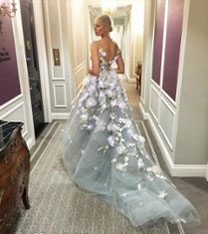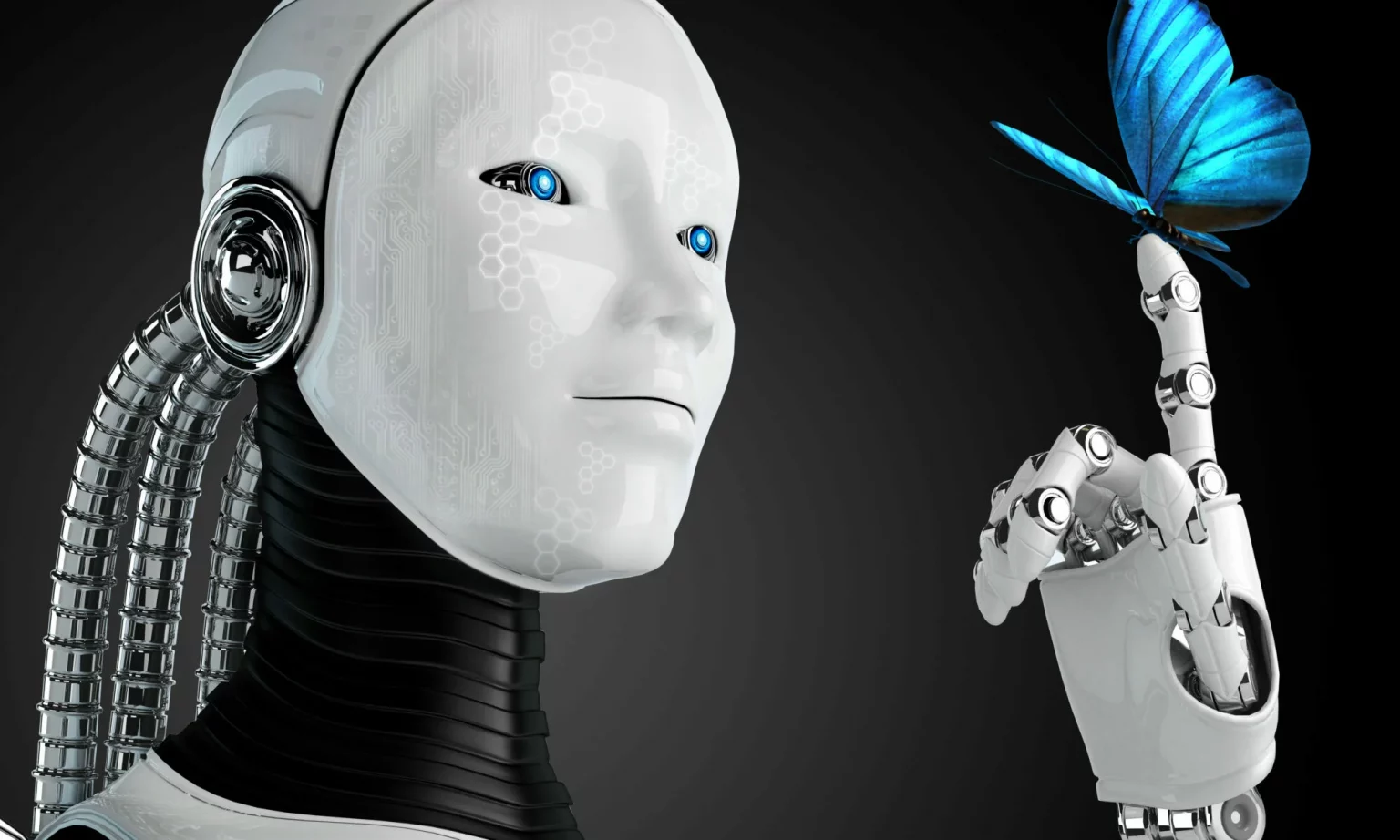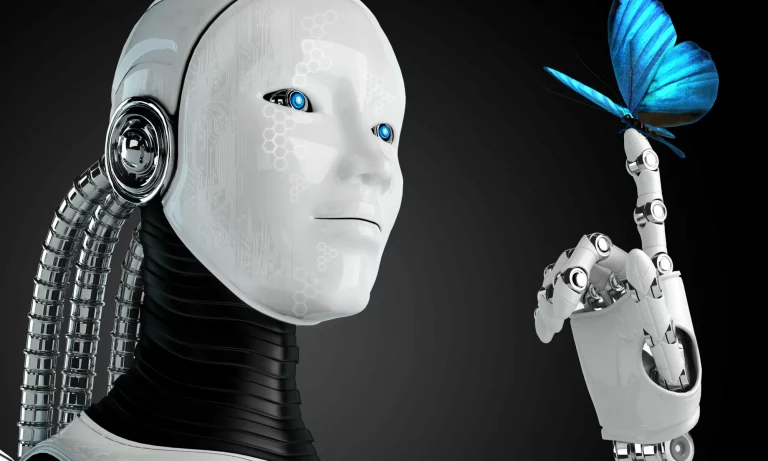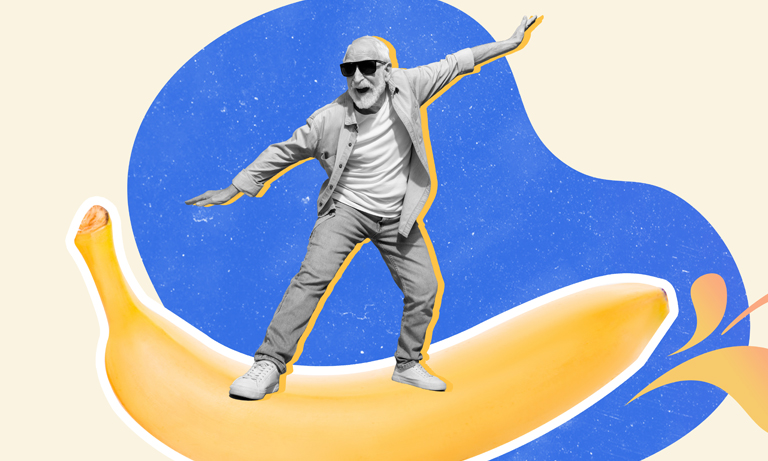I attended a sobering session several wks ago by futurist Amy Webb about the future of design. In no uncertain terms, she said that I will be out of a job soon. In a few years, there will be no need for Creative Directors, or Art Directors and Designers. With increasing feats of automation and data intelligence permeating our practice, and marketing veering more toward science than art, creatives today can still take minor comfort in that someone will still be needed to make sense of the reams of data and transmute them into some sort of creative work that touches people. That’s where the creative magic happens. But not for long.
For this year’s Met Gala, Marchesa teamed up with IBM Watson to create a so-called “cognitive dress”. What happened was Marchesa fed into Watson (an AI that can understand emotions based on images, texts, videos and other data points) hundreds of images of past Marchesa dresses, and Watson was able to cognitively design the dress through an algorithm. The output is pretty stunning, actually. It looks like a dress borne of Marchesa’s brand DNA and it fits the Manus X Machina gala theme perfectly. What’s not to love about such cognitive intelligence? At the end of the day, someone still needs to be there to “approve” the dress (ergo, a job). And someone (in this case, Karolina Kurkova) still needs to wear the dress. No harm, no foul…. Right?
But will the time come when even design approvals are automated by artificial neural networks? We already know that the Japanese had successfully (and literally) manufactured pop star Eguchi Aimi, who for a time became the most popular member of girl band AKB 48. Until of course when she was outed as a digital creation based on an algorithm of what Japanese teens considered beautiful. This understandably led to a major public hue and cry. (Guess who had the last laugh.) That’s how good machines are these days. And they’re getting better.
Creativity is quickly becoming a science, not an art.


Where then do we fit within this world of cognitive intelligence and predictive design? Data is great. It’s an essential part of the marketing funnel and creative process. And we always advise clients on the importance of using marketing research for branding and campaign work from advertising to PR to CRM. It defines the parameters, focuses your resources, finetunes your message and increases your chances of branding success. Keyword here being increases.
Will the day come when research and predictive design can laser in to the heart of every piece of communication and lob everything at X np. of customers with 100% accuracy, resulting in 0 advertising wastage? When all brand identities subsequently designed are so perfectly developed that it makes all its target audience automatically open their wallets and cream their pants? Probably. It all feels a bit Minority Report-ish to me. But it could happen. And clients everywhere will celebrate.
However. That sort of design to me, while effective, will be just that little bit less beautiful. I still find beauty in unpredictability. It could be the Japanese in me (for the record, I have no Japanese in me…except maybe sushi or dorayaki on occasion). The Japanese has a concept of wabi-sabi, which celebrates the beauty of impermanence or imperfection in life and in art.
So here’s the pickle: In looking at the future of design and creativity, will we appreciate beauty just as much if beauty never fades, or if everything around us is equally beautiful? Is anything still creative when everything is creative? Or will successes be celebrated when everything becomes just as successful? Sophia Loren is beautiful not because we expect her to be beautiful but because she has struck the gene pool lottery, and we become awestruck. We appreciate freshness because there is staleness. If everything is predictably beautiful, my algorithm tells me that while we can still recognise things as being beautiful, we may not appreciate them as being so. We’ll be surrounded by beauty, but not with awe.
So let’s hold onto our awe, for however long we have.
And that to me, is quite beautiful.






